If you were asked what the phrase “modern graphic design” means, what would come to mind? Could it be an eye-catching advertisement, a logo, or a company brochure? This is true, as graphic style art is a multidimensional subject that combines art and technology to communicate ideas visually. It plays a major role in visual communication by helping to form the first impression of a business.
Graphic design aesthetics determine how people view and understand information about your company, services, or products. Through typography, images, color choices, and layout, you can attract wider audiences and express your company’s ideas more effectively.
Table of Contents
The Evolution of Graphic Design Styles
Visual graphic styles aim to communicate a business’s message using design elements and available modern technology. Key elements that work for this aim include color choices, fonts, and visuals.
Types of Graphic Design Styles: Modern vs. Contemporary

These two graphic art styles are often seen as equivalents, which can be confusing. However, that is far from reality. In fact, they belong to different graphic design eras.
Modern design refers to a specific period that began in the late 19th century and finished in the mid-20th century. It marked a rejection of stable, traditional shapes and forms, focusing instead on accessibility and functionality.
This contrasts with contemporary graphic design, which refers to the period from the 1960s to the present day. Contemporary graphic design style reflects current tendencies and flows. It shows a high level of interconnection between cultural and technological worlds.
The emergence of different graphic styles is closely tied to cultural movements and technological advancements.
Different Styles of Graphic Design

Different graphic design styles denote the values, challenges, and innovations of their time. Each of the styles of graphic design mentioned above is complex and breaks down into subtypes. To understand the peculiarities of these two styles and to facilitate understanding of eras of graphic design, it is necessary to describe the variations of graphic design art styles.
These graphic design types are characterized by the idea that form follows function. Practicality and simplicity are the most important features. Modern graphic design is not a single movement but a group of separate styles, each with its own peculiarities. Let’s take a closer look at them.
The list of modern graphic design styles includes:
Art Nouveau
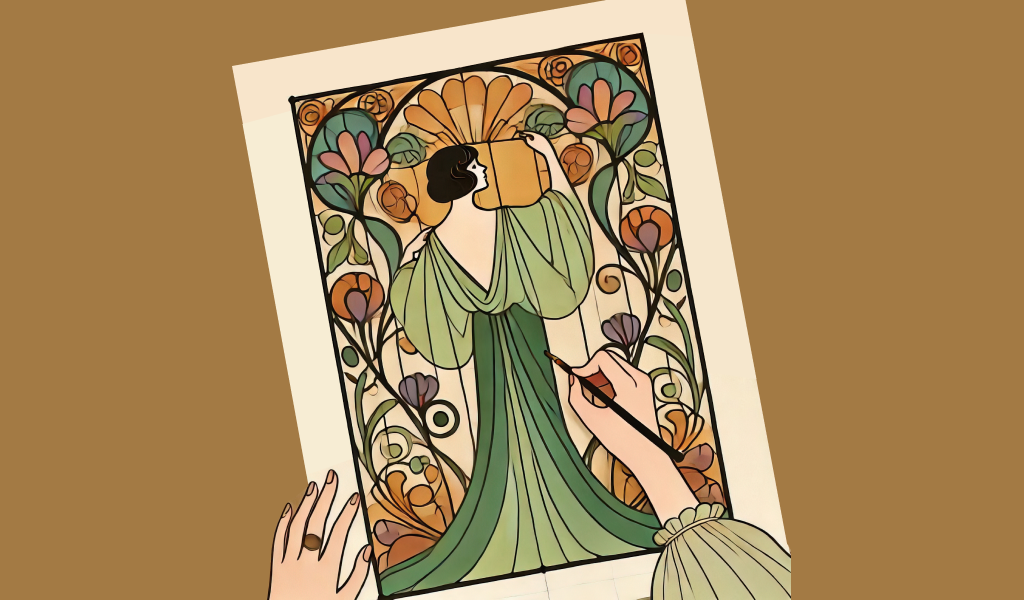
It can be called modern natural graphic design due to its organic forms, intricate details, and strong emphasis on decoration. This style draws inspiration from nature, including plants, flowers, and flowing lines.
Typical features of this graphic design aesthetic include organic forms resembling natural shapes and numerous decorative elements, even in everyday objects like ceramics, glass, and textures.
Asymmetry is also used to create a sense of movement and dynamism in this modern natural graphic design.
The world-famous Spanish architect Antoni Gaudi, creator of the Sagrada Familia in Barcelona, used many nature-inspired motifs, placing him firmly within this style.
Bauhaus/International Style

This early modern graphic design style first appeared in Germany and became very popular in the early 20th century. Its unusual name comes from the German language and means “building house”, reflecting the roots of this movement in architecture. Starting in this field of visual styles, it bridged the gap between art and industry.
Typical features of Bauhaus include a focus on the ideas of functionalism, which eliminates unnecessary ornamentation.
What is more, the graphic design aesthetics promote simplicity in both form and color. Additionally, this graphic art style can be called geometric due to the usage of common geometric shapes, such as circles and triangles, to create a sense of harmony and order in design.
An example of this modernist graphic design is the Bauhaus Dessau Building, designed by Walter Gropius. It is viewed as iconic because this trendy graphic design exemplifies the movement’s principles with its functional design and use of modern materials.
Swiss Design

The other title for this example of design styles is the International Typographic Style. It originated in Switzerland and became widely known for its cleanliness and use of grids.
Minimal color palettes were favored in this graphic design style, as content was considered more important than decorative elements. Photography and precise typography were used as primary trendy graphic design elements.
Speaking about famous names that illustrate this graphic design style, we can suggest designs by Emil Ruder.
Each of these modern graphic design styles represents a significant evolution in graphic design movements, reflecting the cultural, technological, and philosophical shifts of their respective eras.
Contemporary Graphic Design Examples

Contemporary styles attach an importance to artistic expression, allowing for more creativity, imagination, and innovations. Digital tools and platforms can be used as sources of inspiration for contemporary graphic designers, resulting in the emergence of many substyles. The list of contemporary graphic design styles includes:
Psychedelic art
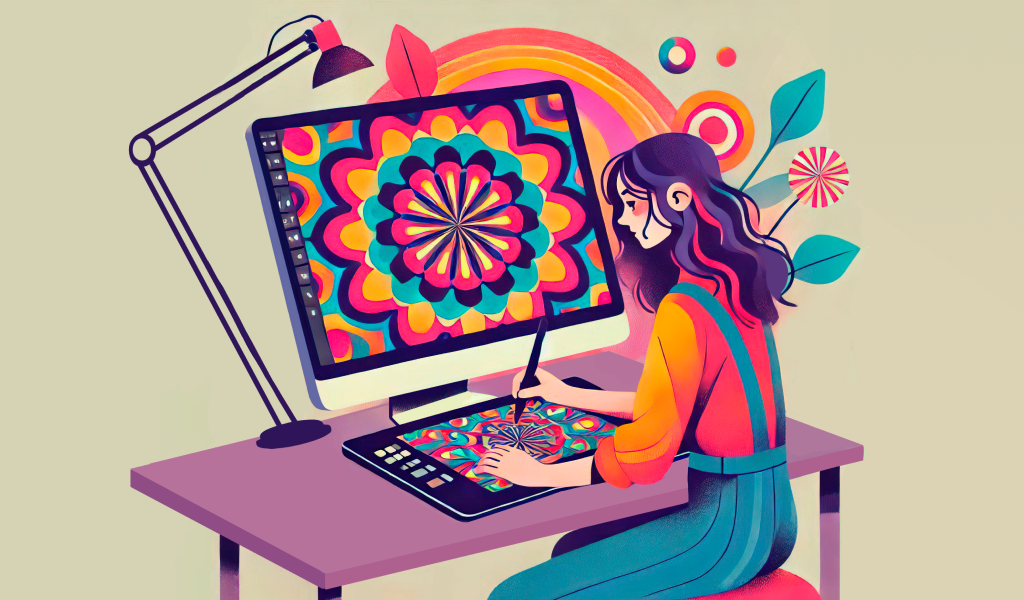
This style appeared in the 1960s and is associated with the exploration of altered states of consciousness. It is known for its vibrant colors, hand-drawn elements, and surreal compositions.
This style is often linked to poster design styles and album covers, easily recognized by their fantastical elements and swirling decorations.
Pink Floyd’s “The Dark Side of the Moon” is a vivid example of this kind.
Grunge
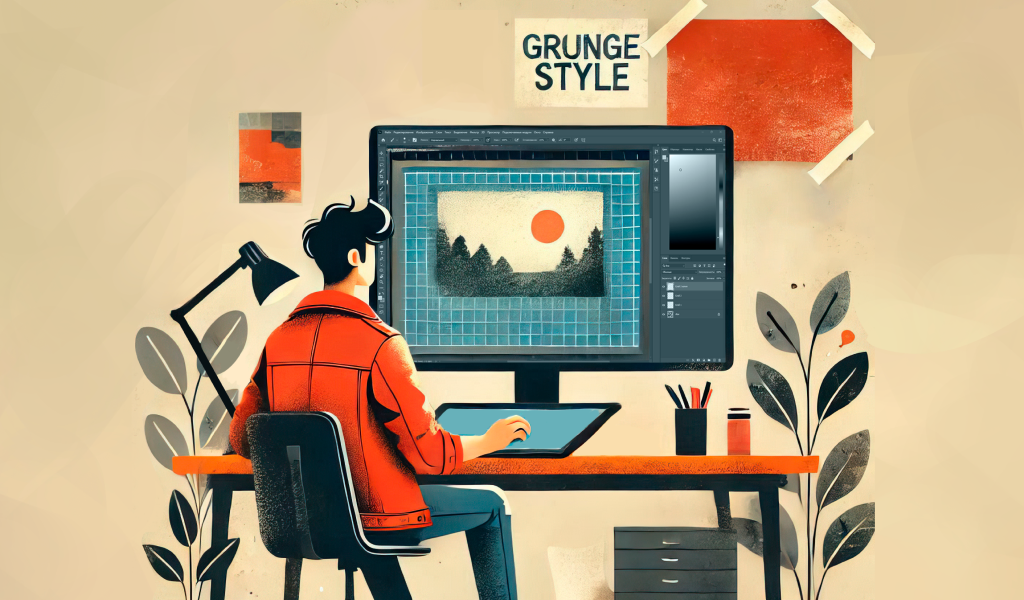
Emerging as a new wave in the early 1990s, grunge is characterized by a sense of rebellion. This graphic painting style features chaotic, visually interesting compositions. Iconic album covers, such as Nirvana’s “Nevermind” and Pearl Jam’s “Ten”, exemplify the grunge style.
Flat Design

Initially seen as a synonym for simplicity, flat design avoids shadows and 3D effects. Its minimalistic features have made this graphic design movement popular in the digital world. Companies like Microsoft, Apple, and Google have adopted this digital design style for their iconographies, where clarity and ease of use are paramount.
3D/Surrealism

As suggested by its name, this graphic design aesthetic combines 3D elements with surrealistic, dreamlike styles. It features futuristic elements and appears complex and experimental.
Surrealism manipulates the size of objects to evoke feelings of distortion.
Notable visual style examples include “The Persistence of Memory” by Salvador Dalí and digital design artworks by Beeple. Both challenge viewers’ perceptions and invite exploration of new dimensions.
Experimental Typography
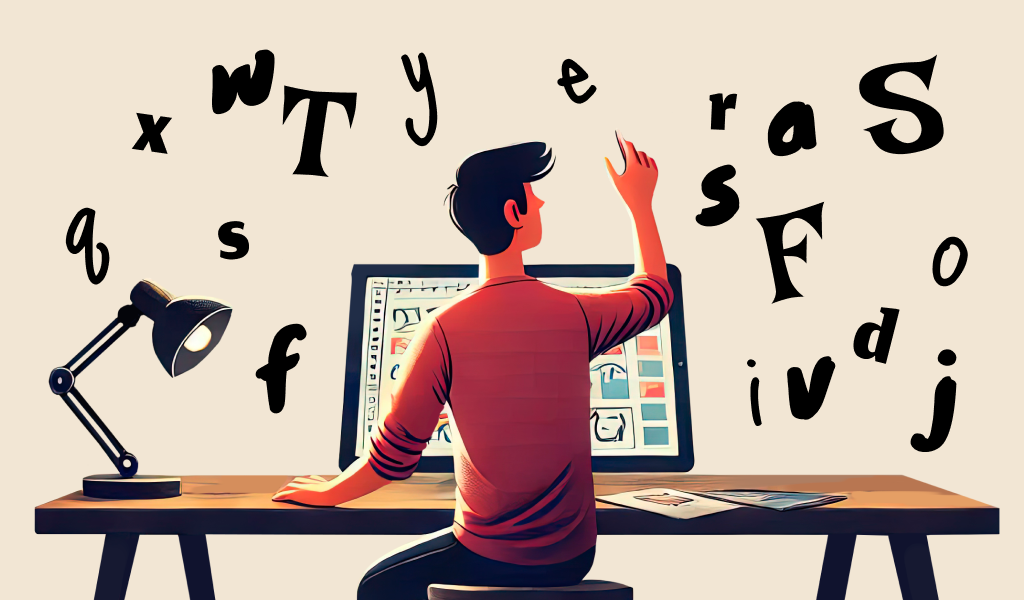
This modern design graphic movement is characterized by dynamic compositions and is considered highly creative. It breaks the rules of traditional type design, pushing the boundaries of how text can be presented.
Experimental typography often appears blurred in the background of pictures or images. Unconventional layouts, materials, and techniques are frequently incorporated to explore the power of letters and words.
Designers like David Carson, Wim Crouwel, and Ed Fella gained popularity and recognition for creating experimental typefaces.
Contemporary design practices continue to influence creative individuals and serve as foundational references for modern design graphic specialists from all over the world.
Modern vs. Contemporary: Key Differences
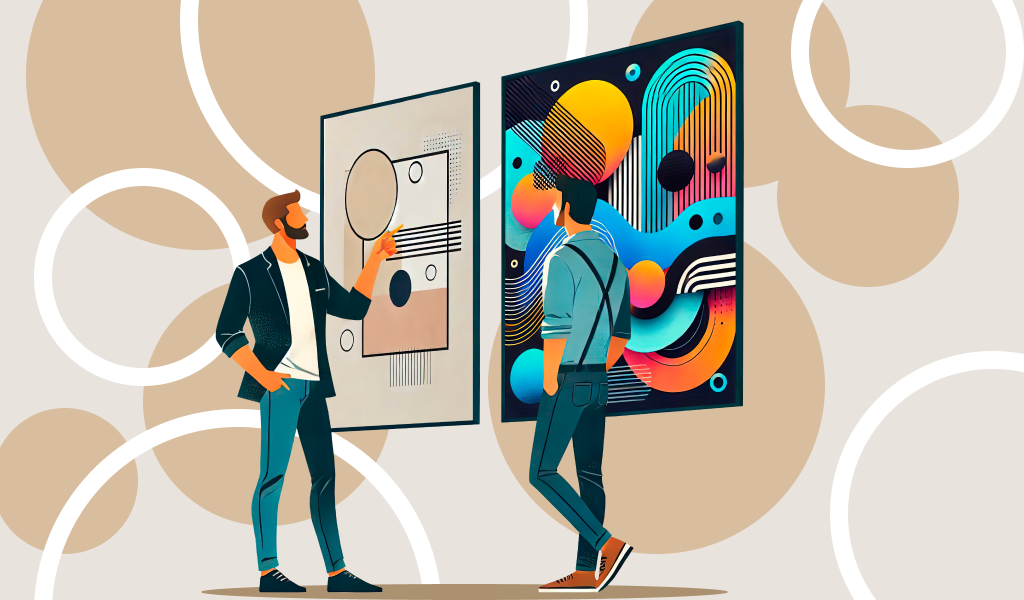
When comparing Modern and Contemporary graphic design types from the perspectives of their philosophies and technologies, it becomes clear that they are fundamentally different. These differences are closely connected to their unique historical context and aesthetic priorities.
Modernism’s function-first philosophical approach prioritizes functionality and utility above all else. The proverb “form follows function” encapsulates the essence of modern graphic design.
In contrast, contemporary design emphasizes artistic freedom, standing in stark opposition to modernism’s strict focus on functionality. Here, the main priorities are creativity and expression, with no rigid rules to follow.
Designers are encouraged to combine different types of designs or styles, experiment with forms and colors, and push the boundaries of traditional design.
The transition from print innovations to digital tools has significantly shaped today’s design styles. Designers are increasingly willing to rack the boundaries of traditional images, practices, considering how audiences can interact with their creations to make them more accessible and engaging. New innovative materials, technologies, and digital methods have been explored and adopted, creating new possibilities for creativity.
These differing philosophies result in distinct approaches to design, reflecting the evolving values and influences that shape the visual landscape over time.
Conclusion
In summary, after examining the development of graphic design styles through history—from modern to contemporary—we can assert that this evolution reflects the dynamic interconnection between culture, technology, and artistic expression, resulting in a rich diversity of design styles.
By understanding the key characteristics and historical contexts of these popular graphic design styles, art specialists can embrace innovation by drawing inspiration from the past.
This process is ongoing, making it essential for designers to stay attuned, remain flexible, and stay open to new ideas in graphic art styles. This ensures their work resonates with diverse audiences in an ever-changing visual landscape.
I’m a product and graphic designer with 10-years background. Writing about branding, logo creation and business.









